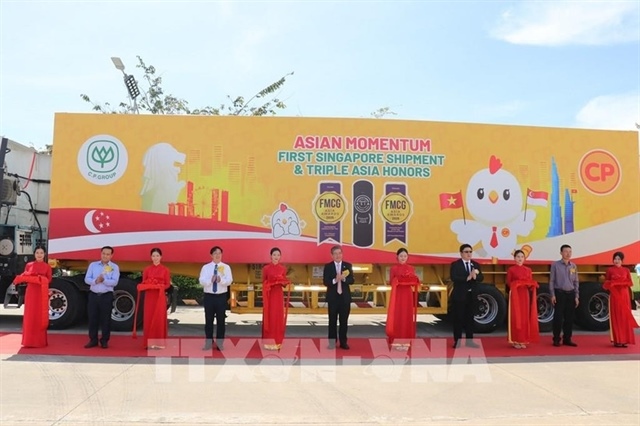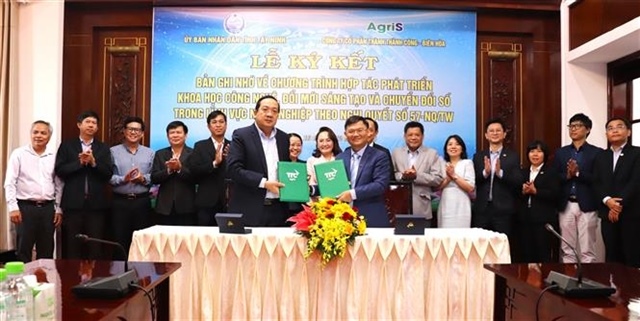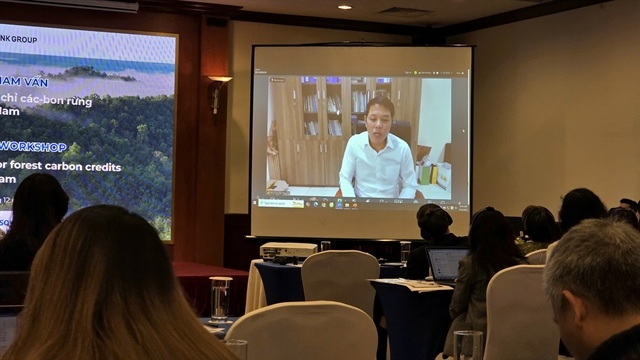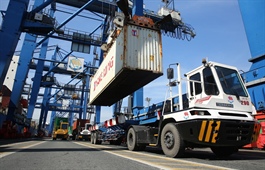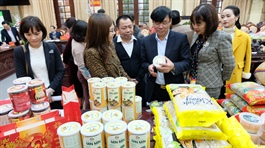Textile industry readies three export scenarios in response to Omicron
Textile industry readies three export scenarios in response to Omicron
(VEN) - Vice Chair of the Vietnam Textile and Apparel Association (VITAS) Truong Van Cam said in a talk with Vietnam Economic News’ Viet Nga that the association has drawn up three export scenarios for the textile industry in 2022 given the troubling and unpredictable Omicron variant.
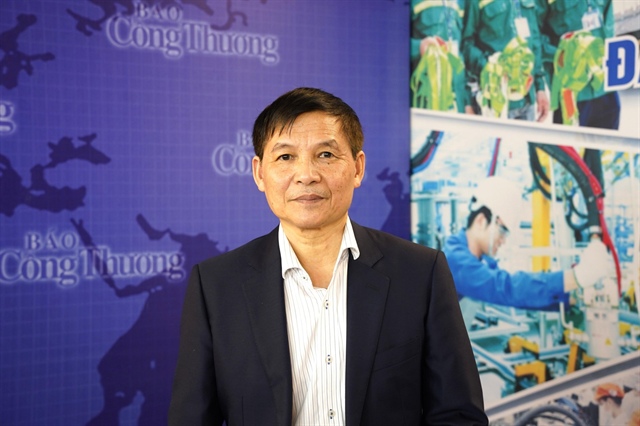
Vice Chair of the VITAS Truong Van Cam |
The economy experienced many ups and downs and worries in 2021. Could you share with us the highlights of Vietnam's textile and garment industry this past year?
This was an extremely difficult year. In the first quarter, many businesses still had work due to their long-term contracts. However, production was almost totally suspended following the pandemic breakout in the north in the second quarter, and particularly in Ho Chi Minh City and southern provinces and cities in the third quarter. Export turnover in the third quarter continuously declined. Production only began recovering since October, with the implementation of Resolution 128/NQ-CP on safe, flexible adaptation to Covid-19.
The recovery helped the textile and garment industry's export turnover to reach US$39 billion in 2021, equivalent to 2019, exceeding previous forecasts. The US is still the largest export market of Vietnam's textile and garments with US$15.9 billion - a year-on-year increase of 12 percent; while the EU, the Republic of Korea and China reached US$3.7 billion, US$3.6 billion and US$4.4 billion respectively. Exports to markets of the Comprehensive and Progressive Agreement for Trans-Pacific Partnership (CPTPP) decreased slightly to US$5.11 billion compared to US$5.288 billion in 2020.
The rate of foreign-invested enterprises in the total export turnover of the industry ranges from 59 to 61 percent with total investment capital of about US$32.9 billion so far.
During the outbreak in the southern region, some export orders shifted to third countries. To what extent did this happen and are there any signs that they will return to Vietnam?
According to statistics, up to 1.2 million workers, accounting for 60 percent of textile workers in this area could not go to work at factories for up to two to three months. This forced partners to move orders to other countries to ensure progress and seasonality. However, once enterprises are allowed to resume production, with the advantage of good workmanship and high reputation, the orders will return.
At the moment, many domestic textile and garment enterprises have got orders until April and May of 2022, demonstrating our reputation and attractiveness to customers.
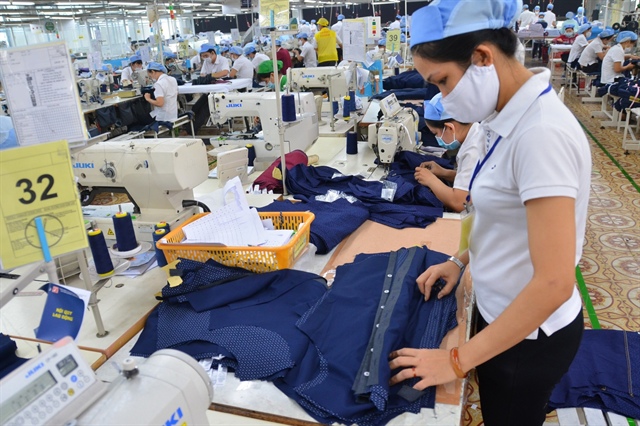
Domestic textile and garment enterprises have orders until April and May of 2022 |
How will the fast spread of the Omicron variant affect the world textile market, and how can businesses avoid broken production chains?
Given the dangerous transmission speed of the Omicron variant, the most important thing is the smooth coordination between central and local State agencies to avoid hindering production and business as they did before.
The VITAS has drawn up three export scenarios for 2022. First, if the pandemic is basically controlled in early 2022, the target set is quite ambitious, from US$42.5 to 43.5 billion. If it is controlled by mid-2022, the export turnover is expected to reach about US$40-41 billion; in the worst-case scenario, the pandemic will not be controlled until the end of 2022, and industry export turnover will reach US$38-39 billion.
Regardless of the scenario, in addition to the efforts of enterprises, much depends on anti-pandemic measures, especially the vaccination progress.
The government recently consulted experts and associations in large forums to formulate appropriate fiscal and monetary policies and this coordination will provide great support for the recovery and growth of businesses.
In the context of living alongside the pandemic, F0 cases (infected individuals) may appear in factories, requiring the support of local authorities to jointly handle the problems.
The Covid-19 epidemic caused a disruption of the raw material supply chain, once again reminding us of the urgency of self-reliance in raw materials. How will this problem be addressed in 2022?
In 2020, we experienced disruptions in raw material supplies because 50-60 percent of the materials are imported from China. In fact, dependence on imported raw materials is a difficult problem and a bottleneck that has not been resolved for many years. To solve it, we need state involvement. Accordingly, a development strategy for the industry should include construction of large industrial parks, with concentrated wastewater treatment areas to relieve environmental concerns, and at the same time attract investors, especially foreign investors.
The garment textile industry development strategy is currently being finalized by the Ministry of Industry and Trade and will soon be submitted to the government for approval. We hope that the approved strategy will provide the industry with a foundation for development, including the upstream stages.



